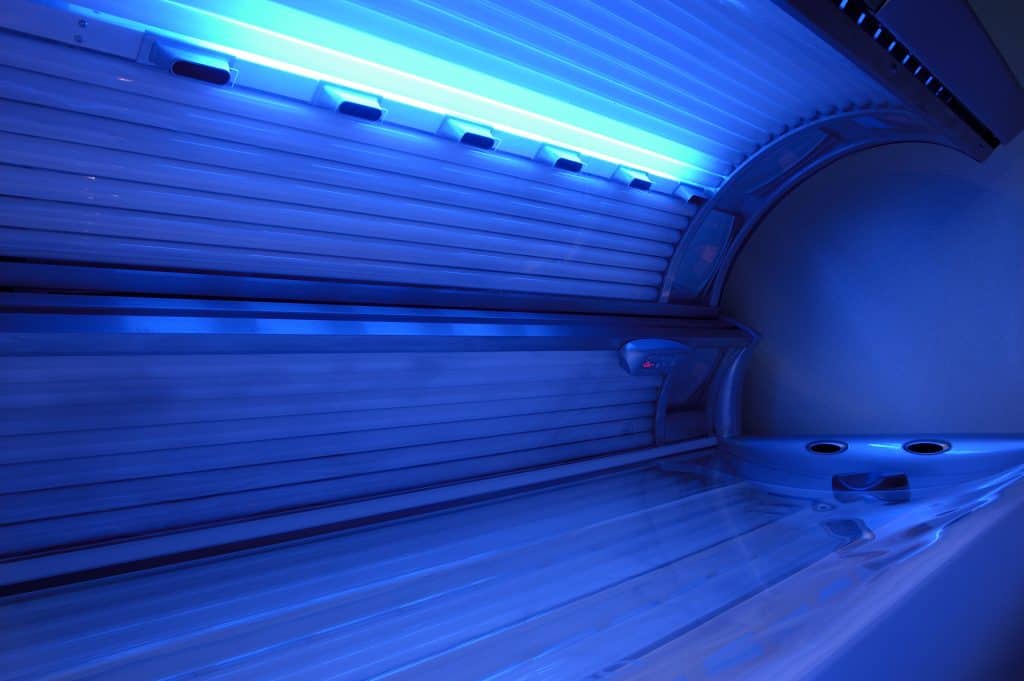Indoor tanning involves using synthetic sources of ultraviolet (UV) radiation, such as tanning beds, sunbeds, or tanning booths, to realize a tan. While some individuals go for indoor tanning for beauty reasons, it's essential to remember of the potential dangers associated with this follow. Here's an in depth overview of the ins and outs of indoor tanning:
The Process:
Tanning Beds: Tanning beds emit UV radiation, primarily UVA and UVB rays, which simulate the solar's pure light. UVA rays penetrate the skin deeply, whereas UVB rays affect the surface layers, resulting in the production of melanin and the darkening of the skin.
Tanning Lotions: Some individuals use indoor tanning lotions or accelerators that contain ingredients to boost melanin manufacturing, doubtlessly leading to a quicker and darker tan. These lotions usually contain moisturizers and bronzers.
Risks and Concerns:
Skin Cancer: The most significant danger related to indoor tanning is an elevated threat of skin cancer, including melanoma, squamous cell carcinoma, and basal cell carcinoma. Even occasional use of tanning beds can significantly elevate this threat.
https://tanningspanyc.com/ Aging: UV radiation can speed up the getting older means of the pores and skin, resulting in wrinkles, fantastic strains, age spots, and lack of pores and skin elasticity.
Eye Damage: UV rays can harm the eyes, increasing the chance of cataracts, macular degeneration, and other eye circumstances.
Weakened Immune System: Excessive UV publicity weakens the immune system, making it more durable for the body to fight off illnesses and infections.
Addiction: Some individuals may develop a psychological dependence on indoor tanning, leading to excessive and dangerous tanning behaviors.
Regulations and Guidelines:
Age Restrictions: Many international locations and states have age restrictions for indoor tanning, aiming to protect minors from the dangers associated with UV publicity.
Warning Labels: Tanning beds are often required to have warning labels in regards to the potential risks of indoor tanning.
Safer Alternatives:
Sunless Tanning Products: Sunless tanning lotions, sprays, and creams provide a tan without UV publicity. They include dihydroxyacetone (DHA), which interacts with the skin to supply a brief tan.
Professional Spray Tanning: Some salons provide spray tanning services where a technician applies a tanning solution evenly on the skin, providing a tan without UV exposure.
Conclusion:
While indoor tanning may provide a temporary beauty solution for achieving a tan, the related health risks cannot be ignored. It's essential to prioritize your pores and skin's health and contemplate safer options if you need a tan. Protecting your pores and skin from extreme solar exposure, sporting sunscreen, and embracing natural skin tones are essential for total well-being..

